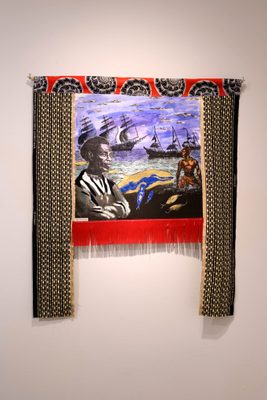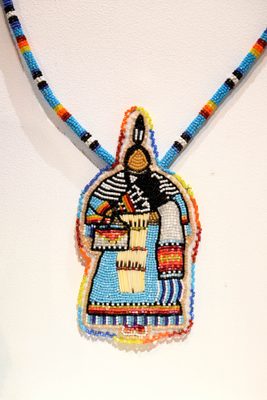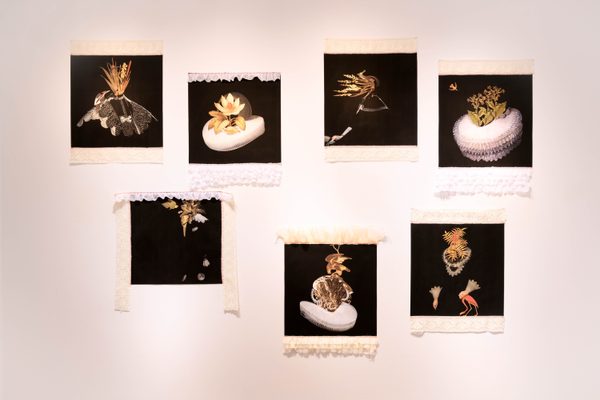16 May – 10 Nov 2024
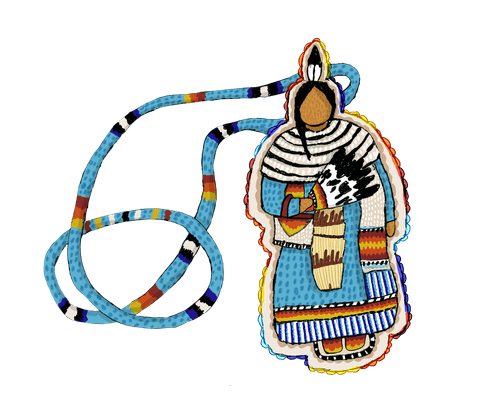
16 May – 10 Nov 2024
Amsterdam Museum on the AmstelAmsterdam Museum and Museum of the City of New York present
400 years ago the first Dutch colonists arrived in the area known today as New York. Their mission given by the Dutch West India Company was to establish the colony of New Netherlands, with New Amsterdam as its capital, at the southern tip of what is today the island of Manhattan. The Amsterdam Museum has joined with the Museum of the City of New York and representatives of the Lenape —original inhabitants of this area of the United States— in creating an exhibition about this shared history.
Tip: On November 10, the exhibition will be ceremoniously closed with singing, dancing and a prayer by our Lenape collaboration partners Chief Urie Ridgeway, Cory Ridgeway and Leonard Harmon. The ceremony is open to the public and begins at 3.00 PM.
The exhibition Manahahtáanung or New Amsterdam? The Indigenous Story Behind New York is on display until 10 November 2024.
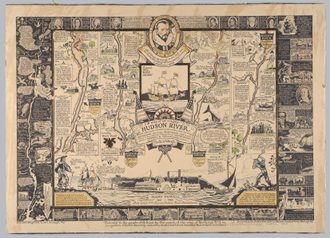
From an Indigenous perspective
The impetus for this collaboration and the exhibition is that 2024 marks 400 years since the Dutch arrived in America to establish a colony at the mouth of the Hudson River. After the colony was conquered by the English in 1664, the following centuries saw the settlement grow into the city of New York. The Dutch invasion and decades-long colonization of the area in the 17th century had tremendous consequences for the Indigenous people who lived in the region, and on the island which they called Manahahtáanung. Not only did they lose their land, they were victims of disease, war, and the disappearance of their own livelihoods. The colonists deliberately made it impossible for Indigenous peoples to maintain their way of life and culture. Despite this, Indigenous communities have consistently resisted these changes, even up until the present moment.
01
04
Swipe to discover
Colonialism in Suriname, the Caribbean, and Asia is getting an increasing amount of attention in the Netherlands and at the Amsterdam Museum. Yet, due to colonial activities in North America, Amsterdam has also left indelible traces.”

Imara Limon
Head of Conservation

About the collaboration
For this exhibition, the Amsterdam Museum is partnering with the Museum of the City of New York and representatives of the Lenape, the original inhabitants of the area that is now Manhattan. Cooperating with the Lenape, represented by people from various nations, makes this exhibition unique and requires flexibility from all parties as they engage in new approaches to work together. The leadership of the four Lenape nations—the Nanticoke Lenni-Lenape Tribal Nation, the Ramapough Lenape Indian Nation, the Munsee-Delaware Nation and Eelunaapeewi-Lahkeewiit (Delaware Nation)—selected a number of individuals to formulate the exhibition jointly with the two museums.

Listen to our special podcast for the exhibition 'Manahahtáanung or New Amsterdam? The Indigenous story behind New York'.
Guests Chief Urie Ridgeway (Nanticoke Lenape Nation), Cory Ridgeway (Nanticoke Lenape Nation), Brent Stonefish (Eelūnaapéewi Lahkéewiit / Delaware Nation) are interviewed by Maurice Seleky, our head of Communications & Marketing.
These representatives of the Lenape Nations
Chief Urie Ridgeway (Nanticoke Lenape Nation), Cory Ridgeway (Nanticoke Lenape Nation), Brent Stonefish (Eelūnaapéewi Lahkéewiit / Delaware Nation), George Stonefish (Eelūnaapéewi Lahkéewiit / Delaware Nation), Lesley Snake (Eelūnaapéewi Lahkéewiit / Delaware Nation), Sherry Huff (Eelūnaapéewi Lahkéewiit / Delaware Nation), Denise Dunkley (Nanticoke Lenape Nation), Steven D. Smith (Ramapough Lenape Nation).
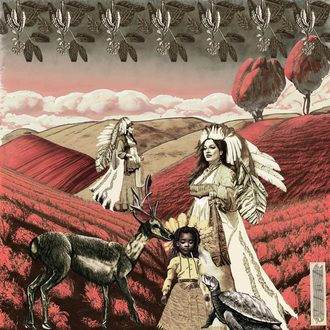
A phantasmagorical history of Manhatta Island Strawberry Fields, 2024, patricia kaersenhout
Artists
Stephen Conaway, Charlene DeFreese, Denise Dunkley, Leonard D. Harmon, Jesse Jay Gould, patricia kaersenhout, Dora Logan, Myles Jackson Lynch, Celeste Noah, Donna Noah, George Stonefish, Xander Stonefish.
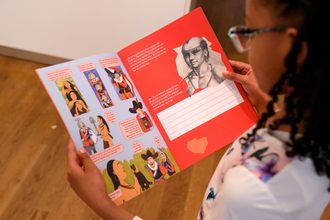
Treasure hunt for children aged 8+
With the treasure hunt accompanying the exhibition Manahahtáanung or New Amsterdam? The Indigenous Story Behind New York, children aged 8 and up are transported into the story of the Lenape, the original inhabitants of what is now New York. What was it like for them when suddenly the Dutch came from far across the sea to claim their land? What exactly did the Dutch come to do there? And did it all go fairly? By means of a comic book, created by Anouschka Boswijk, and an accompanying treasure hunt, you will go on an exploration to answer these questions, and much more! For a preview of the comic book, see below. It will also be available in English.
From May 16, available for free pickup at the Amsterdam Museum on the Amstel box office
This exhibition was made possible by
The exhibition Manahahtáanung or New Amsterdam? The Indigenous Story Behind New York will be held at the Amsterdam Museum from May 16 through November 10, 2024. The exhibition is made possible by the Mondriaan Fund, DutchCultureUSA, and the Netherlands Consulate General in New York. The Amsterdam Museum is generously supported by the Municipality of Amsterdam, VriendenLoterij, and the ELJA Foundation.

